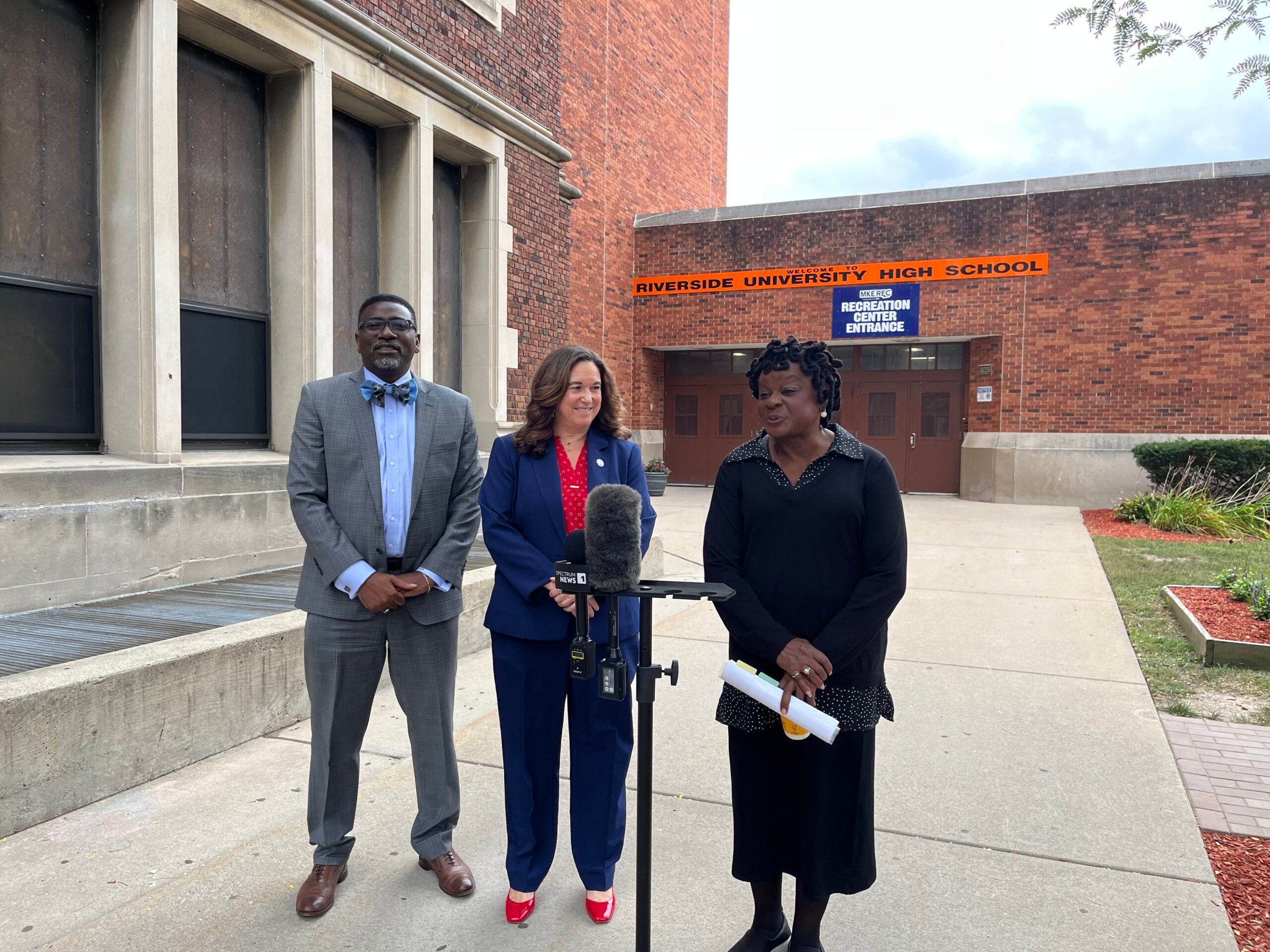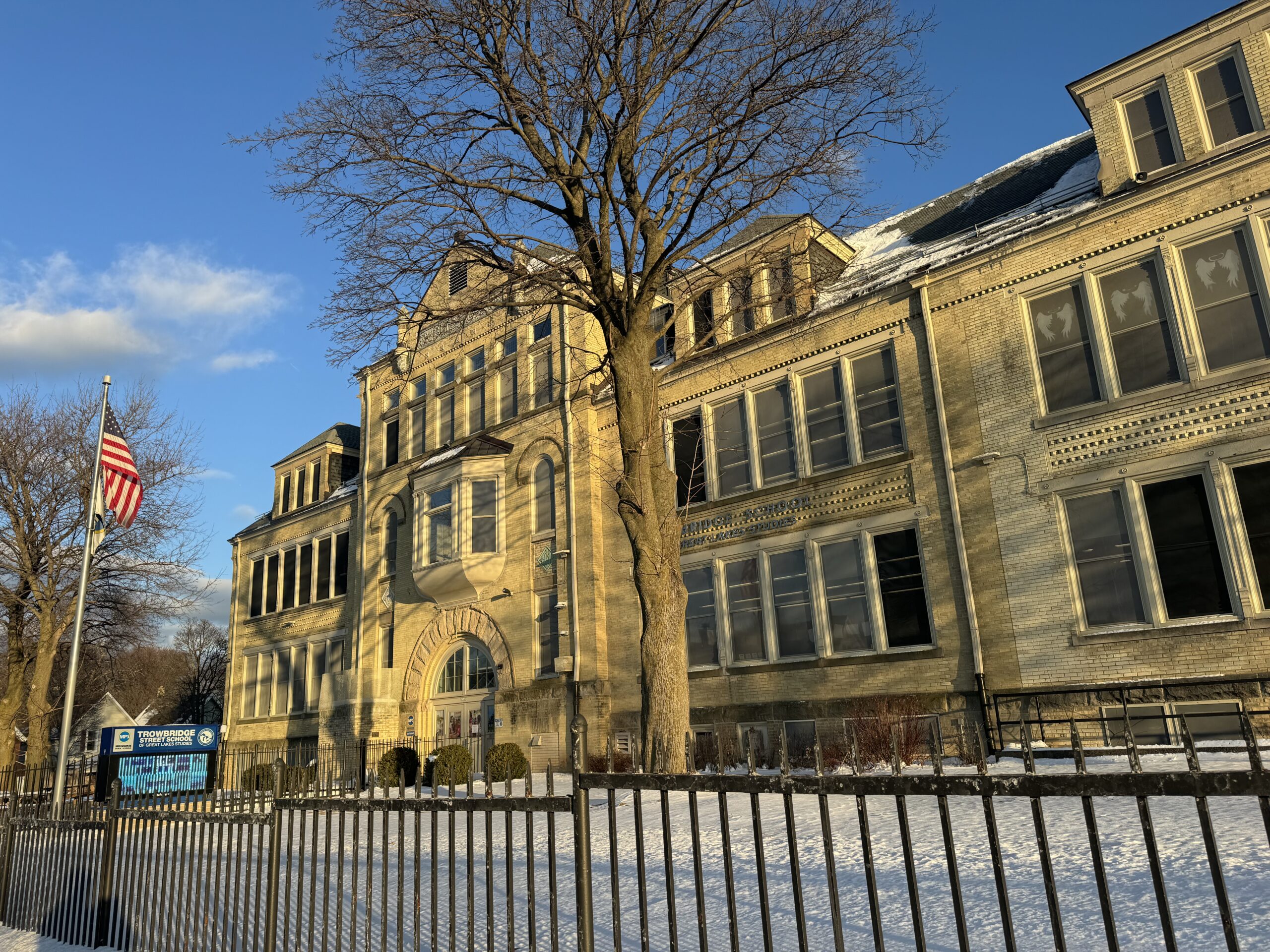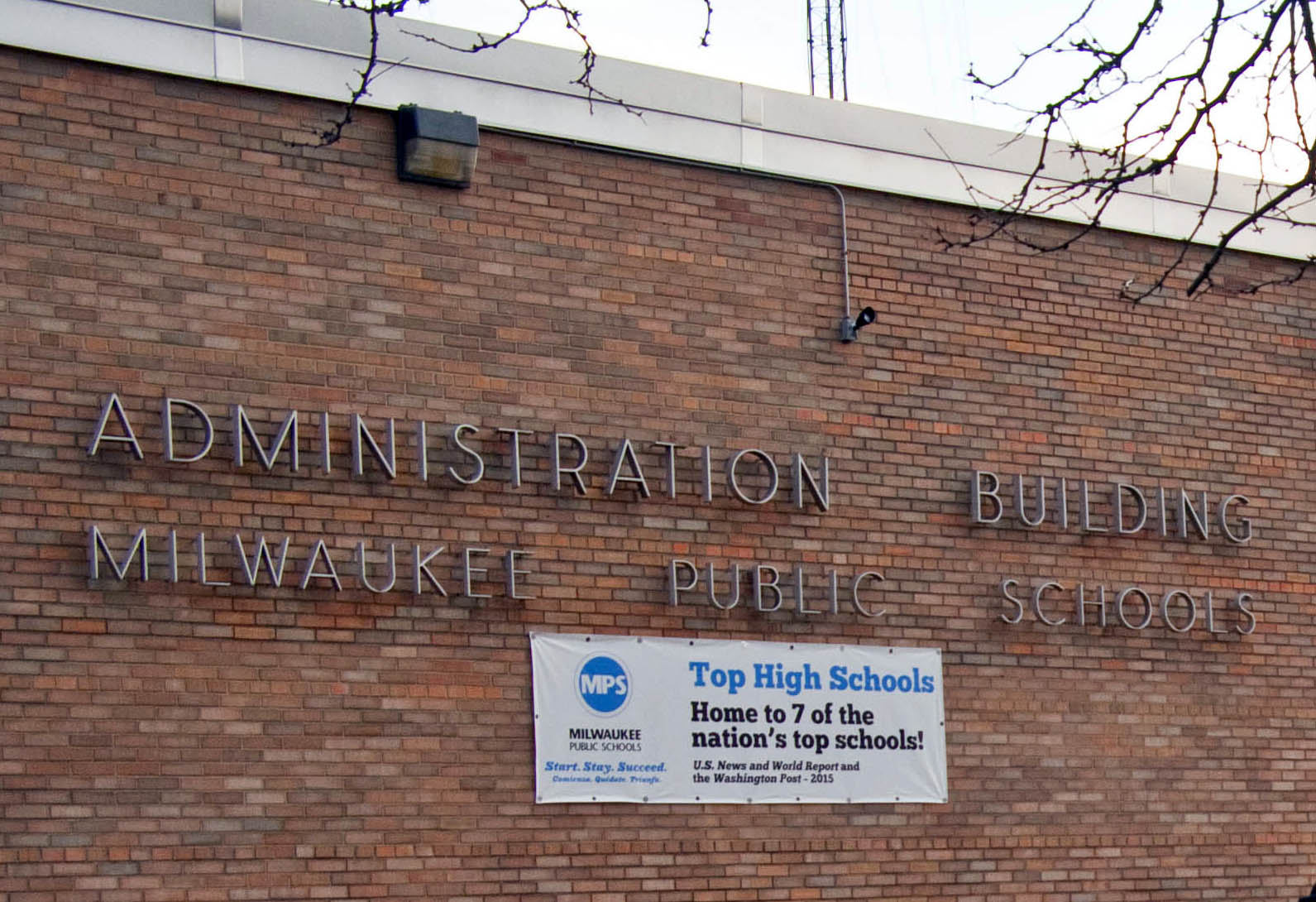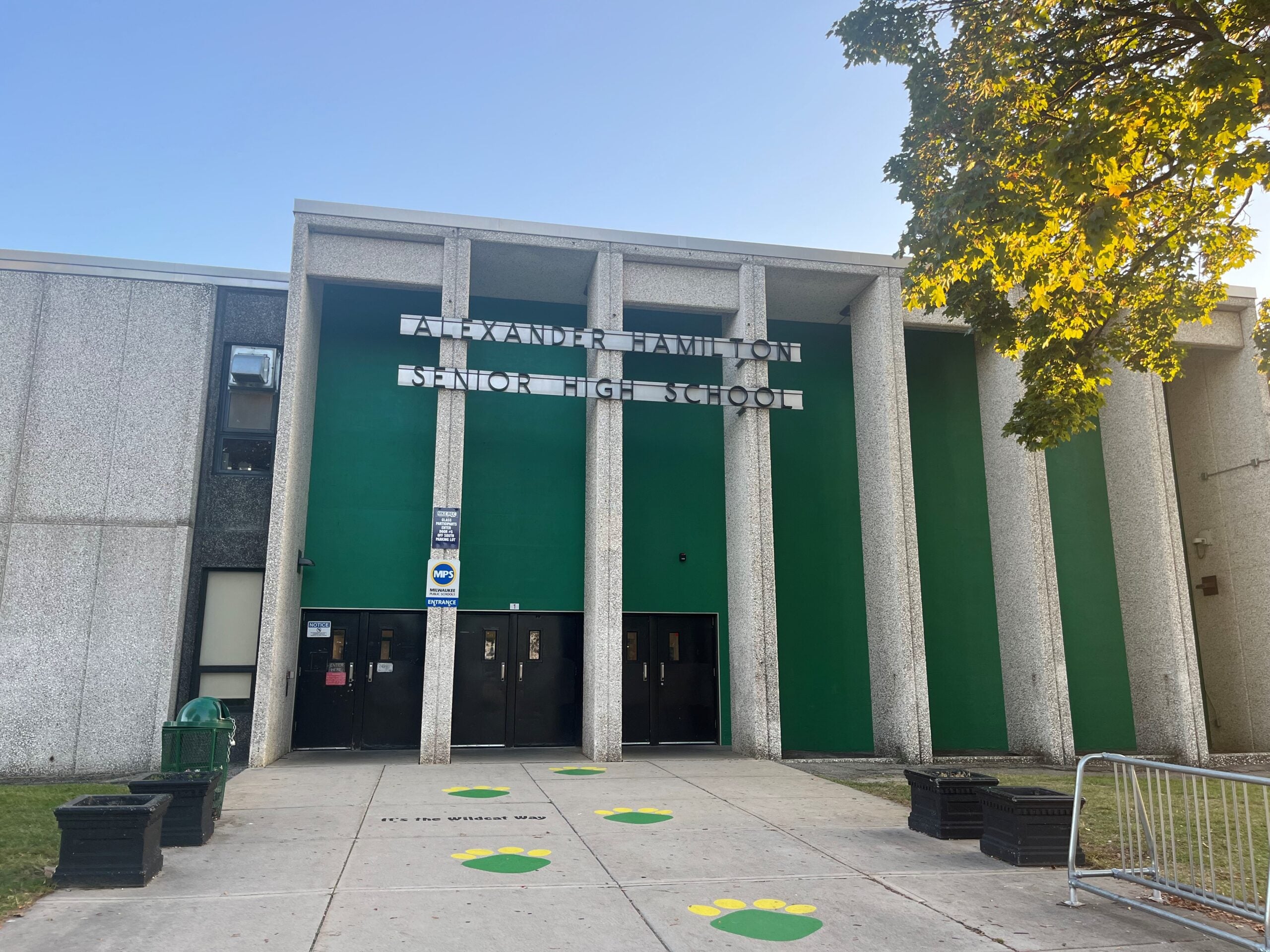U.S. Department of Education Deputy Secretary Cindy Marten visited two public schools in Wisconsin Friday to see how Milwaukee Public Schools used federal dollars to expand the district’s STEM program.
Marten and U.S. Rep. Gwen Moore, D-Milwaukee, toured Riverside University High School, one of 32 MPS Schools with STEM curriculum. Marten also toured Audubon Technology and Communication High School.
The secretary’s visit was part of a “back to school road trip,” where the U.S. Department of Education is highlighting examples of how federal Elementary and Secondary School Emergency Relief, or ESSER, funds have been spent.
Stay informed on the latest news
Sign up for WPR’s email newsletter.
“Being in Milwaukee is a place for me to put a bright spot on what it looks like to leverage the federal investments for academic achievement and results for students,” Marten said.
Wisconsin’s public schools received nearly $2.4 billion in three rounds of ESSER funds, meant to help students make up for learning loss during the pandemic.
Public documents show Milwaukee Public Schools received about $505.5 million in ESSER III funds. The district still has about $138 million to spend by the end of September 2024.
So far, MPS has spent about $168.4 million on construction projects. The district has also spent money on staffing, mental health and expansion of programs like STEM.
“I’m here specifically in Milwaukee to look at equitable, rigorous, relevant, meaningful, joyful STEM education,” Marten said. “This district invested extra dollars in STEM education for teacher prep, teacher professional development, and also for students to have the access to courses and access to materials that they need for the hands-on learning that’s going to prepare them for where the jobs are in the future.”
Milwaukee Public Schools is home to the nation’s largest concentration of students involved in Project Lead The Way, a nationally recognized program that uses hands-on learning to connect students to engineering, biomedical science or computer training.
Currently, about 9,000 MPS students are part of the program at 32 schools. Of those students, nearly 90 percent are children of color and more than 40 percent are female, according to the district.
MPS has used ESSER funding to expand the STEM program to five more schools and about 1,500 more students, said Eric Radomski, manager of career and technical education for MPS.
The money has purchased more software, trained more teachers and expanded computer science classes, Radomski said.
“We want to prepare students for college and career after high school,” Radomski said. “Certainly, STEM careers are in high demand, and they are high paying. Our classes really provide awareness to students and make that connection about what they can do in class and what they can do with it outside of class.”
Wisconsin Public Radio, © Copyright 2025, Board of Regents of the University of Wisconsin System and Wisconsin Educational Communications Board.




